What is Edward Syndrome (Trisomy 18) ?
Edward Syndrome, also known as Trisomy 18, is a rare genetic disorder that affects approximately 1 in 5,000 live births. It occurs when there is an extra copy of chromosome 18 in every cell of the body, instead of the typical two copies. The extra genetic material disrupts normal development, leading to a range of physical and developmental abnormalities.
Symptoms of Edward Syndrome :
Symptoms of Edward Syndrome can vary widely in severity, but most affected individuals have multiple abnormalities. Common physical features include:
- Microcephaly (an abnormally small head)
- Low birth weight
- Small jaw and mouth
- Clenched fists with overlapping fingers
- Rocker-bottom feet (a deformity where the soles of the feet curve inward)
- Heart defects
- Kidney malformations
- Umbilical hernia (a bulge near the belly button)
- Short stature
- Small, abnormally shaped ears
- Cleft palate or lip
- Abnormalities of the eyes, including small eyes, droopy eyelids, and crossed eyes
- Hernias in the groin or abdominal area
Intellectual disability is also common in individuals with Edward Syndrome, with most affected individuals having significant developmental delays and intellectual impairments. In severe cases, affected individuals may have a very short lifespan, with many dying before or shortly after birth. However, some individuals with less severe forms of the disorder may survive into adulthood.
Causes of Edward Syndrome :
Edward Syndrome is caused by a random error during cell division that results in an extra copy of chromosome 18. The majority of cases occur spontaneously, meaning there is no known cause or risk factor for the condition. However, a small percentage of cases may be inherited, meaning the extra chromosome 18 is passed down from one of the parents.
Treatment of Edward Syndrome :
There is no cure for Edward Syndrome, and treatment is primarily supportive and focused on managing the individual’s symptoms. Depending on the severity of their condition, affected individuals may require surgery to correct heart defects or other abnormalities, feeding and breathing support, and therapies to help with developmental delays.
Diagnosis of Edward Syndrome :
Prenatal testing, such as chorionic villus sampling (CVS) or amniocentesis, can detect the presence of an extra chromosome 18 before birth, allowing parents to make informed decisions about their pregnancy. However, it is important to note that these tests are not perfect and may not detect all cases of Edward Syndrome.
Summary :
The outlook for individuals with Edward Syndrome varies depending on the severity of their condition. While many individuals with the disorder face significant challenges, some are able to live long and meaningful lives with appropriate support and care.


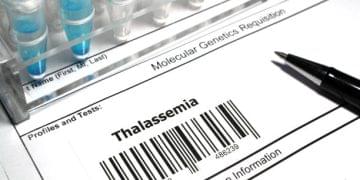

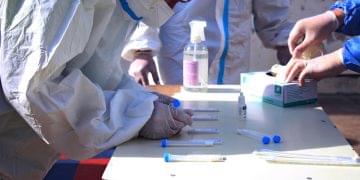

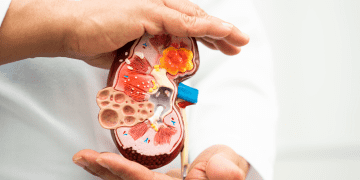
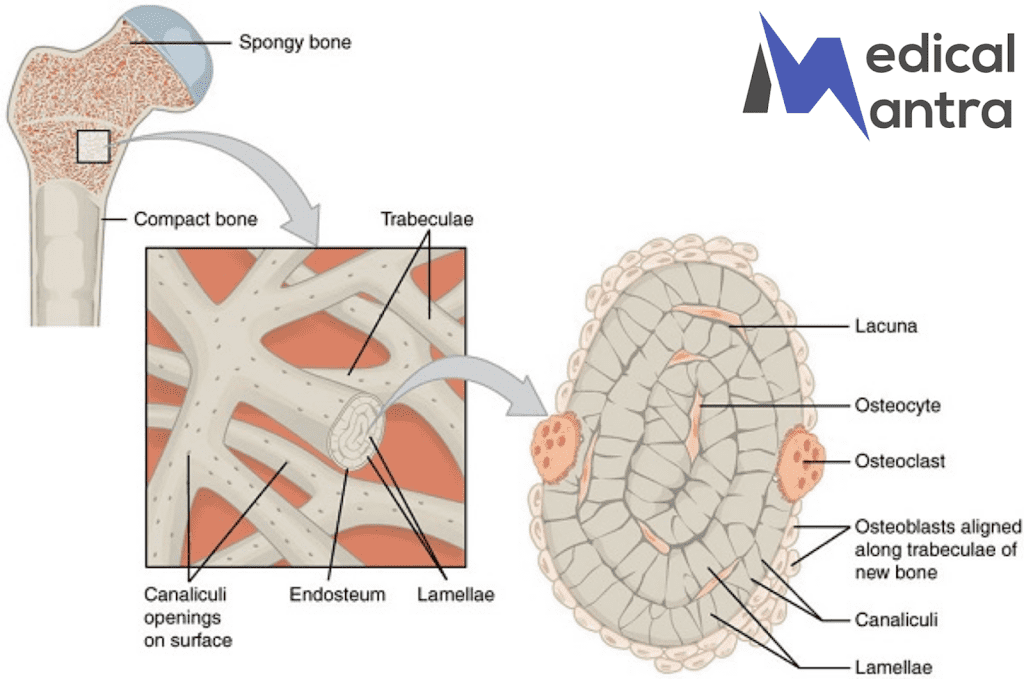
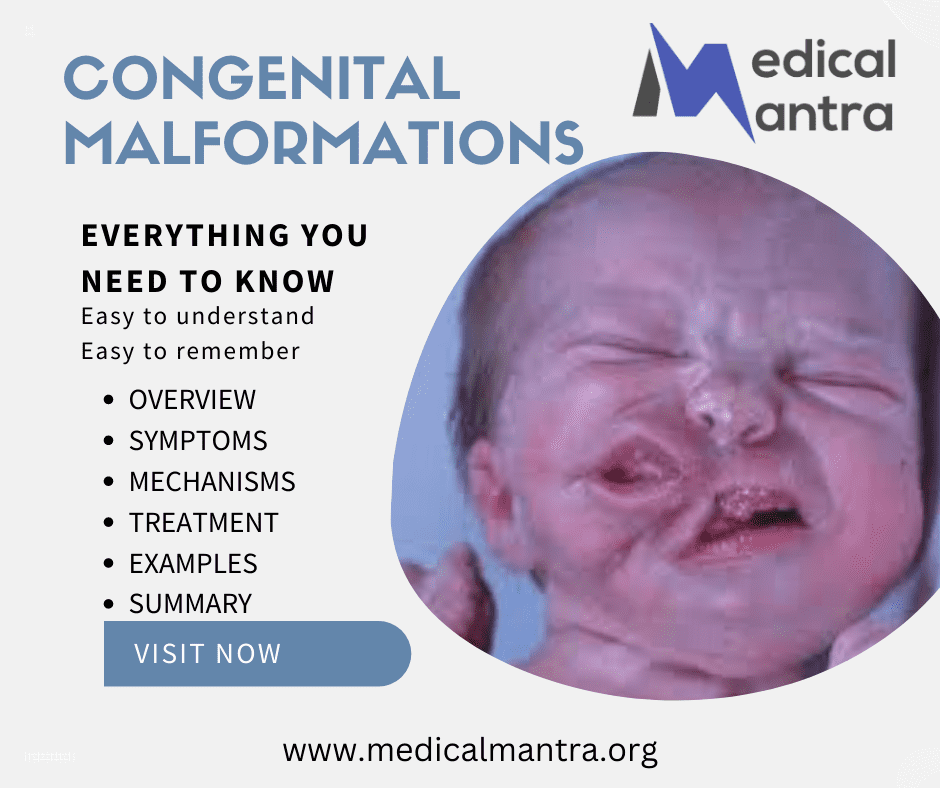
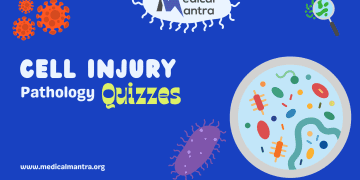
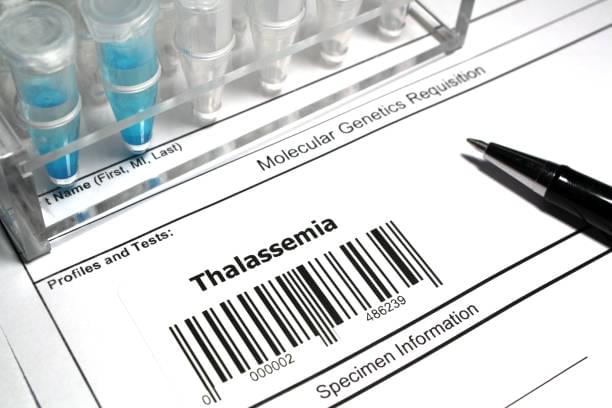

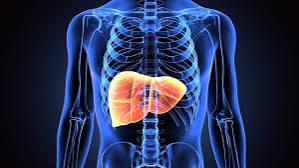

Comments 1